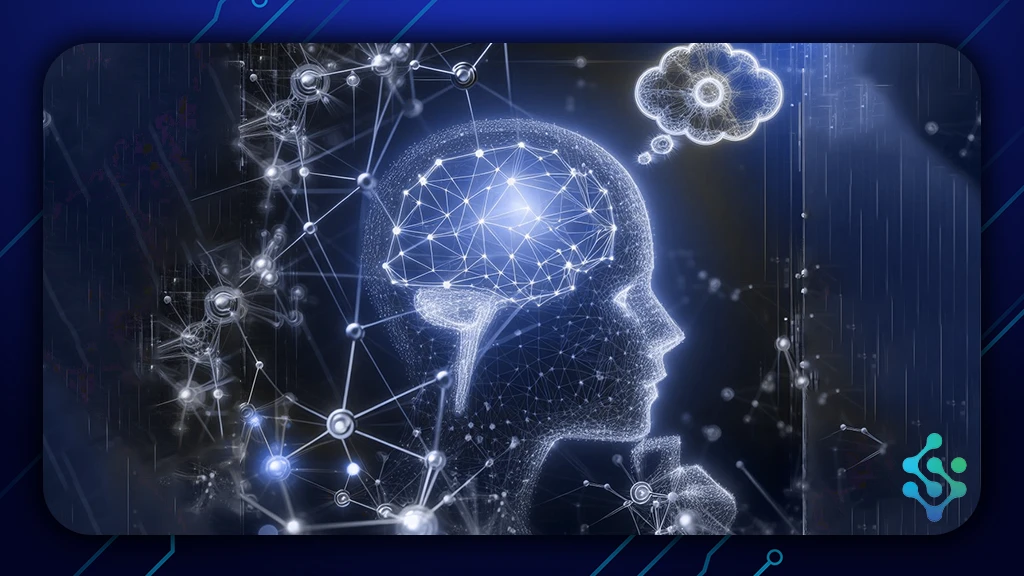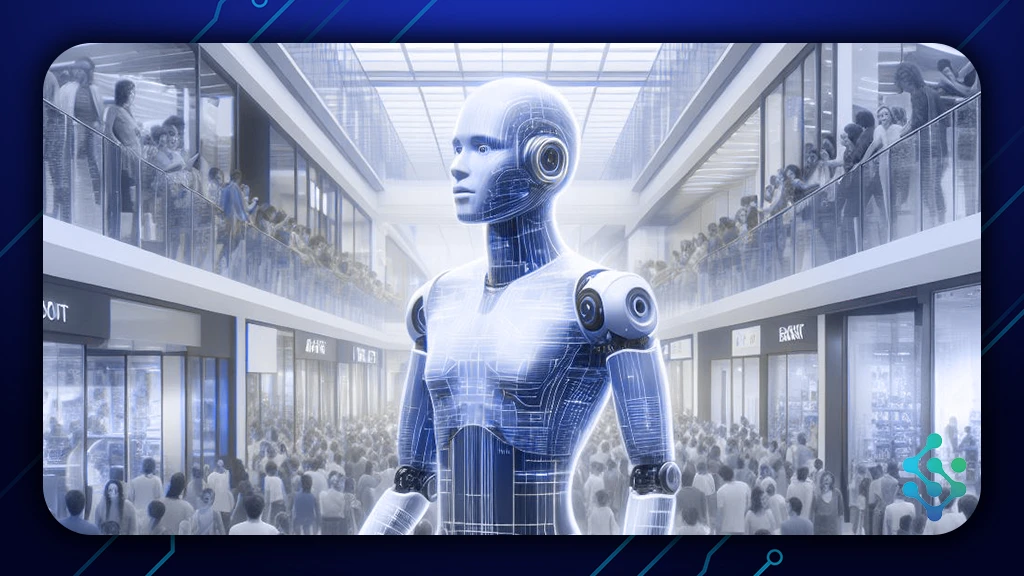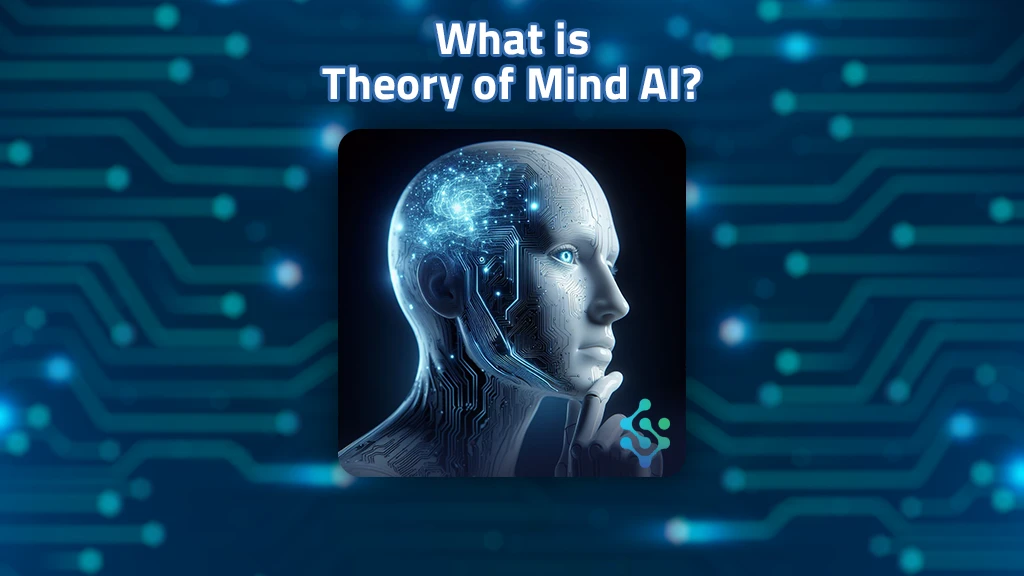In the realm of artificial intelligence, the Theory of Mind AI represents a significant advancement, introducing a new dimension to computational capabilities and human-AI interaction. Unlike conventional AI systems that operate based on predefined rules and patterns, ToM AI endeavors to understand and interpret the mental states, beliefs, and intentions of other agents, including humans. This groundbreaking paradigm shift enables AI systems to perceive and respond to social cues, empathize with users, and anticipate their needs and preferences, fostering more natural and intuitive human-machine interactions. By imbuing AI with the ability to infer and reason about the mental states of others, Theory of Mind AI opens up exciting possibilities for enhancing communication, collaboration, and mutual understanding between humans and machines.
Characteristics of Theory of Mind AI:
Theory of Mind AI systems exhibit a distinctive characteristic rooted in their capacity to infer and reason about the mental states of other agents, including humans. Unlike traditional AI models that rely solely on pattern recognition and rule-based algorithms, Theory of Mind AI introduces a cognitive layer that enables AI systems to understand and interpret human emotions, intentions, and beliefs. This nuanced understanding of human cognition allows Theory of Mind AI to engage in more empathetic and contextually appropriate interactions, enhancing user experiences and facilitating more effective communication. While still in its nascent stages, Theory of Mind AI holds immense potential for revolutionizing various domains, including healthcare, education, customer service, and social robotics, by enabling AI systems to perceive and respond to human needs and emotions with greater sensitivity and insight.

Examples of Theory of Mind AI:
Theory of Mind AI is poised to transform a wide range of applications, offering unprecedented opportunities for enhancing human-machine collaboration and interaction. Here are some illustrative examples showcasing the practical applications of Theory of Mind AI:
Social Robotics: Theory of Mind AI is increasingly being integrated into social robotics to enable robots to perceive and respond to human emotions and social cues. These AI-powered robots can engage in empathetic interactions, understand user preferences, and adapt their behavior accordingly, making them valuable companions and assistants in various settings, including healthcare, eldercare, and education.
Virtual Assistants: Theory of Mind AI is revolutionizing virtual assistant technology by enabling AI systems to understand and anticipate user needs and preferences based on their past interactions and contextual cues. These AI assistants can provide personalized recommendations, anticipate user requests, and tailor their responses to individual preferences, enhancing user satisfaction and productivity.
Autonomous Vehicles: Theory of Mind AI holds promise for enhancing the safety and efficiency of autonomous vehicles by enabling them to understand and predict the behavior of other road users, such as pedestrians, cyclists, and human drivers. By incorporating Theory of Mind capabilities, autonomous vehicles can navigate complex traffic scenarios more effectively, anticipate potential hazards, and communicate their intentions to other road users, reducing the risk of accidents and improving overall traffic flow.
Educational Technology: Theory of Mind AI is reshaping the landscape of educational technology by enabling AI tutors and learning systems to adapt their teaching strategies to individual student needs and learning styles. These AI systems can assess student engagement, motivation, and comprehension levels, providing personalized feedback and support to optimize learning outcomes and promote student success.
Customer Service: Theory of Mind AI is revolutionizing the customer service industry by enabling AI-powered chatbots and virtual agents to understand and respond to customer inquiries with greater empathy and understanding. These AI systems can infer customer emotions, address their concerns effectively, and provide personalized assistance, enhancing customer satisfaction and loyalty.

Is ChatGPT a Theory of Mind AI?
In the dynamic landscape of artificial intelligence, the quest for machines capable of understanding human minds has long captured the imagination of researchers and enthusiasts alike. At the forefront of this pursuit lies the concept of Theory of Mind AI—a groundbreaking paradigm that seeks to imbue machines with the ability to comprehend and reason about the mental states of others. Yet, amidst the fervent discussions surrounding this ambitious goal, one question often arises: Is ChatGPT a Theory of Mind AI?
ChatGPT, the celebrated creation of OpenAI, has garnered widespread acclaim for its remarkable conversational prowess. Endowed with the ability to generate coherent and contextually relevant responses, ChatGPT operates on a sophisticated architecture—a deep learning-based language model trained on vast troves of textual data. Through this extensive training, ChatGPT has honed its understanding of language patterns, semantics, and context, enabling it to engage in natural language interactions with remarkable fluency.
However, despite its impressive capabilities, ChatGPT falls short of meeting the criteria for Theory of Mind AI. At its core, Theory of Mind AI entails more than mere linguistic proficiency; it necessitates a deeper understanding of human cognition, emotions, beliefs, and intentions. While ChatGPT excels in generating responses based on learned patterns and contextual cues, it lacks the capacity to infer or reason about the underlying mental states of its interlocutors. In essence, ChatGPT operates as a highly advanced language model optimized for processing and generating text, rather than as a true Theory of Mind AI endowed with the ability to grasp the intricacies of human thought and intentionality.
The pursuit of Theory of Mind AI remains an ambitious yet tantalizing endeavor, holding the promise of revolutionizing human-computer interactions and ushering in a new era of AI capabilities. As researchers continue to explore avenues for imbuing machines with deeper cognitive insights, the journey towards realizing Theory of Mind AI is fraught with challenges and complexities. Nevertheless, with each step forward, the boundaries of artificial intelligence are pushed ever further, offering glimpses of a future where machines not only understand our words but also comprehend the rich tapestry of human consciousness.
All in all, while ChatGPT represents a remarkable achievement in the realm of artificial intelligence, it falls short of embodying the principles of Theory of Mind AI. Nonetheless, its capabilities serve as a testament to the ongoing progress in the field, fueling optimism for the eventual realization of machines capable of truly understanding the complexities of human minds.
Theory of Mind AI – ToM
The path towards achieving Theory of Mind AI is troubled with complexities and ethical considerations. As machines become more adept at understanding and predicting human behavior, concerns regarding privacy, consent, and control loom large. Furthermore, the prospect of machines possessing cognitive abilities similar to humans raises profound questions about the nature of consciousness, identity, and agency. To navigate these uncharted waters responsibly, it is imperative for researchers, policymakers, and ethicists to engage in thoughtful discourse and establish robust frameworks for the development and deployment of Theory of Mind AI. By fostering collaboration and prioritizing ethical considerations, we can steer the evolution of AI towards a future where machines augment human capabilities while respecting the dignity and autonomy of individuals.
In conclusion, the journey towards ToM AI represents a monumental endeavor—one that holds the potential to reshape the fabric of society and redefine our relationship with technology. While the road ahead may be fraught with challenges, the pursuit of AI endowed with deeper cognitive insights and empathetic understanding offers a tantalizing vision of a future where machines not only comprehend our words but also resonate with the essence of our humanity. As we navigate this frontier, let us tread with caution, curiosity, and compassion, ensuring that the fruits of AI innovation enrich and empower humanity in ways that honor our shared values and aspirations.


No comment